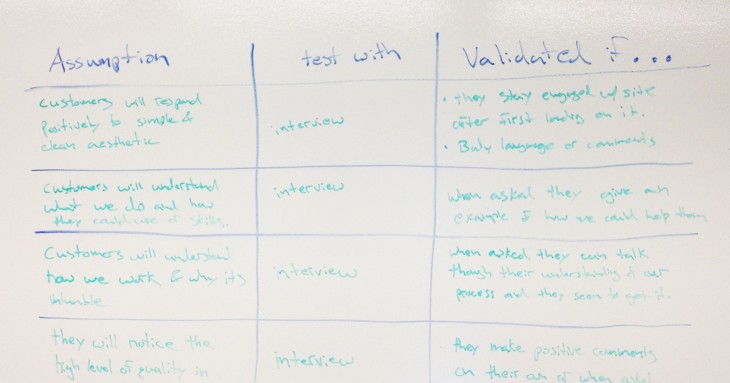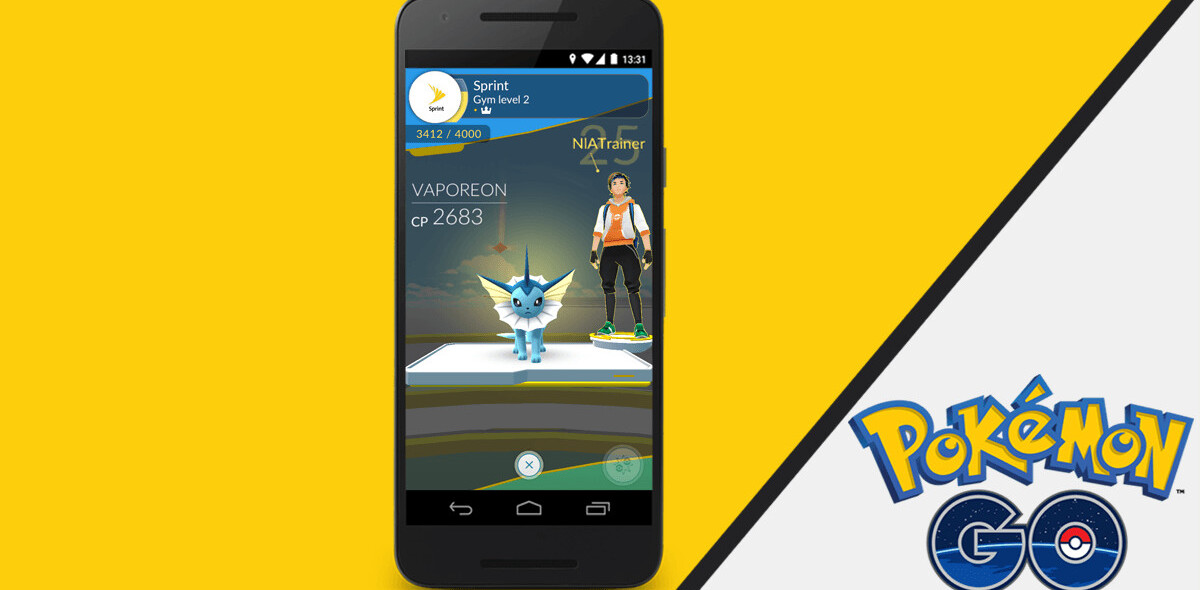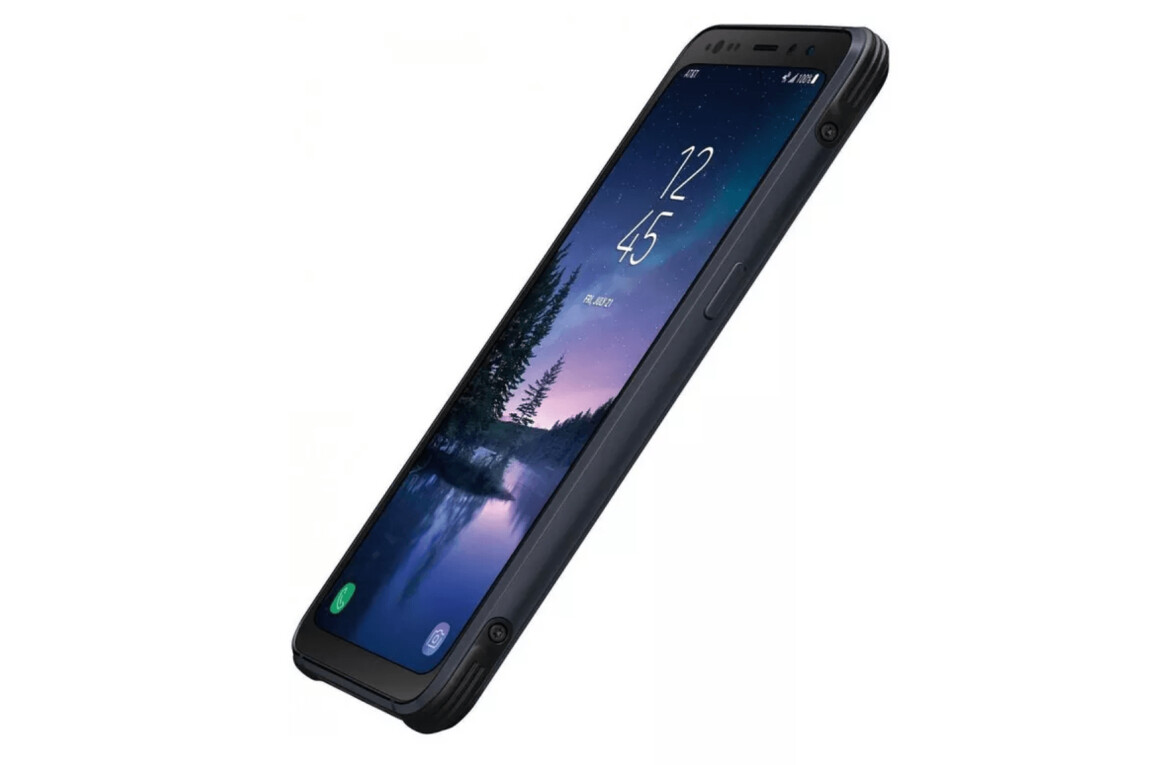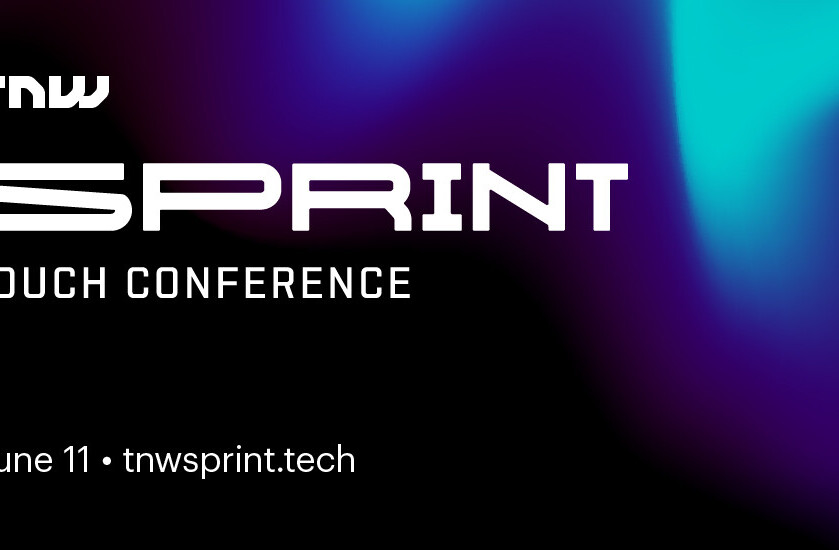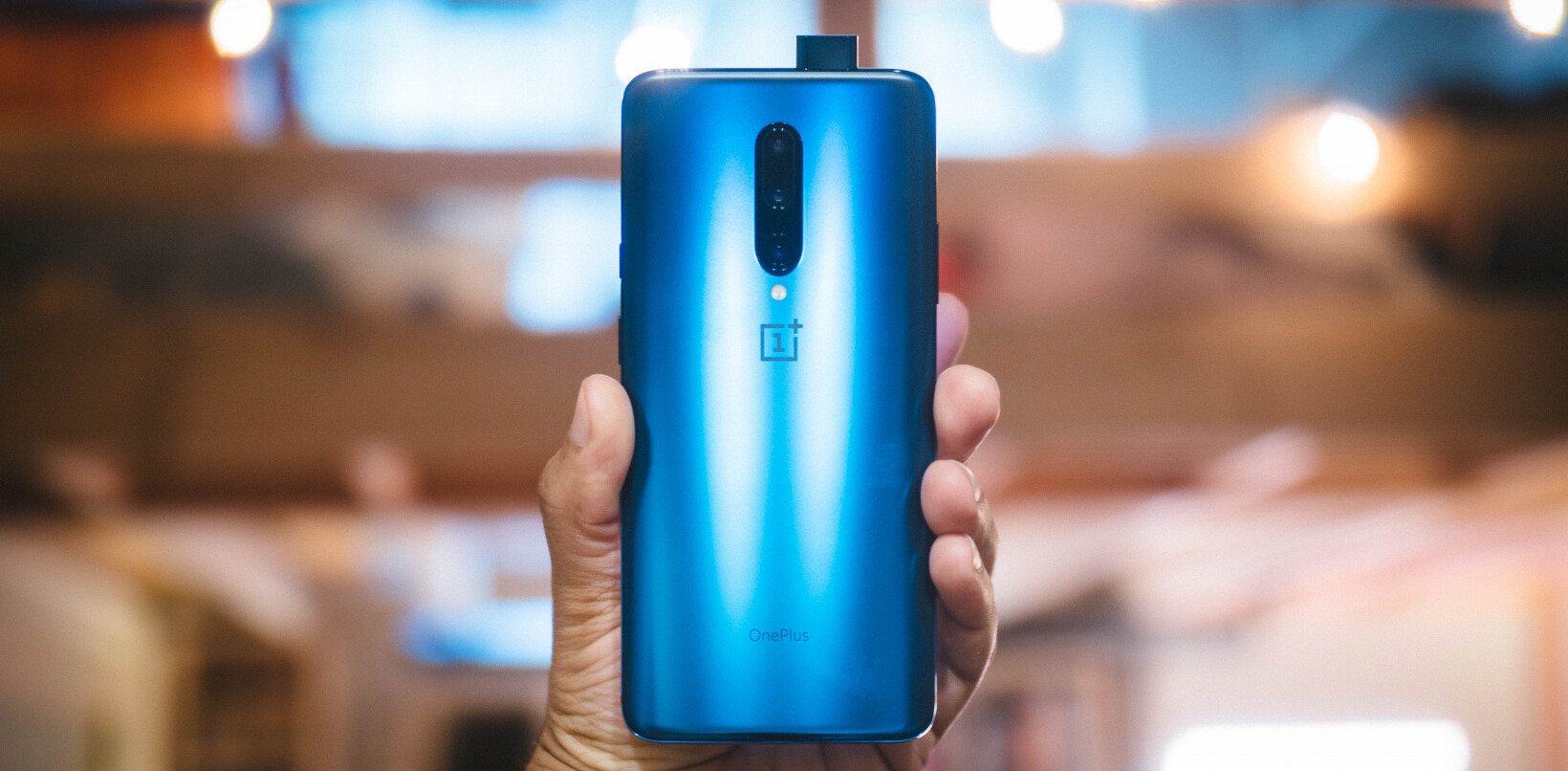
This post was originally published on the Thoughtbot blog.
A Product Design Sprint is a 5-phase exercise which uses design thinking to reduce the inherent risks in successfully bringing products to market. We’ve done six product design sprints so far and have made them a default part of our consulting engagements.
Participating in a Design Sprint orients the entire team and aims their efforts at hitting clearly defined goals. Sprints are useful starting points when kicking off a new feature, workflow, product, business or solving problems with an existing product.
Integrating design sprints and design thinking into our product development process keeps us aligned with our goals, and helps us invest our time and money wisely.
Design thinking
Design Thinking combines empathy, creativity and rationality to solve human-centered problems. It is the foundation on which a Design Sprint is built.
Empathy
With Design Thinking, we use empathy to see the world through our customers eyes and understand their problems as they experience them. There may be many technological, financial, political, religious, human, and social and cultural forces involved. It is our job to develop a holistic understanding of these problems and forces and contextualize them in a greater world schema.
In addition to our own perspective, we aim to understand the perspectives of as many other people as possible to better diversify our understanding.
Empathy is the primary focus of Phase 1 (Understand) and a major part of Phase 5 (Test and Learn). We should aim to always maintain empathy when solving problems and building products for humans.
Creativity
Creativity is opportunity discovery. We use creativity to generate insights and solution concepts.
The most creative solutions are inspired by unique insights and intersecting perspectives. Empathy, as described above, empowers our ability to understand different perspectives and be more creative.
Collaboration inspires creativity. More perspectives, ideas, and insights lead to more opportunity.
Creativity is the focus of Phase 2 (Diverge), but is present in all phases (developing prototypes, testing/interviewing, researching/observing, creating experiments, etc.)
Rationality
We use rationality to fit solutions to the problem context through experimentation, testing and qualitative/quantitative measurements. This is the primary focus of Phase 3 (Converge) and Phase 5 (Test and Learn).
Design Thinking should pervade all of our processes outside the design sprint as well, from engineering to marketing to business development. In a complex business ecosystem design thinking can be used as a holistic approach to facilitating and maintaining a symbiotic relationship with your customers.
The Sprint Phases
A typical length for a project kick-off sprint is five days, with each day representing a different phase.
This timeframe is not rigid and should adapt to the specific needs of the problem. For example, some phases may need more than a full day and others may need less.
The aim is to develop a product or feature idea into a prototype that can be tested to help us fill our riskiest knowledge gaps, validate or invalidate our riskiest assumptions and guide future work.
Phase 1: Understand
Goal: Develop a common understanding of the working context including the problem, the business, the customer, the value proposition, and how success will be determined.
By the end of this phase, we also aim to have identified some of our biggest risks and started to make plans for reducing them.
Why: Common understanding will empower everyones decision making and contributions to the project.
Understanding our risks enables us to stay risk-averse and avoid investing time and money on things that rely on unknowns or assumptions.
Activities:
- Define the Business Opportunity.
- Define the Customer.
- Define the Problem.
- Define the Value Proposition (why will people pay you?).
- Define context-specific terms (this will act as a dictionary).
- Discuss short term and long term business goals (What’s the driving vision?).
- Gather and analyze existing research.
- Fill out the Business Model Canvas (this should be continually revisited).
- Capture our analysis of competitive products.
- Gather inspirational and informative examples of other people/products solving similar or analogous problems.
- If there is an existing site/app, map out the screens.
- As they come up in discussion, capture assumptions and unknowns on a wall or board with sticky notes. Later we can revisit this wall, group related items together and make plans to eliminate risky unknowns and address risky assumptions.
All of these definitions are expected to change as we move forward and learn more.
Deliverables:
- Notes & documentation capturing the definitions and goals we discussed throughout the day. These notes should provide a solid reference and help with onboarding others later on.
- A plan for initiating the next phase of the sprint.
Phase 2: Diverge
Goal: Generate insights and potential solutions to our customers problems.
Explore as many ways of solving the problems as possible, regardless of how realistic, feasible, or viable they may or may not be.
Why: The opportunity this phase generates enables us to evaluate and rationally eliminate options and identify potentially viable solutions to move forward with. This phase is also crucial to innovation and marketplace differentiation.
Activities:
- Constantly ask, “How might we…”.
- Generate, develop, and communicate new ideas.
- Quick and iterative individual sketching.
- Group sketching on whiteboards.
- Mind Mapping individually and as a group.
Deliverables:
- Critical path diagram: highlights the story most critical to the challenge at hand. Where does your customer start, where should they end up and what needs to happen along the way?
- Prototype goals: What is it we want to learn more about? What assumptions do we need to address?
Phase 3: Converge
Goal: Take all of the possibilities exposed during phases 1 and 2, eliminate the wild and currently unfeasible ideas and hone in on the ideas we feel the best about.
These ideas will guide the implementation of a prototype in phase 4 that will be tested with existing or potential customers.
Why: Not every idea is actionable or feasible and only some will fit the situation and problem context. Exploring many alternative solutions helps provide confidence that we are heading in the right direction.
Activities:
- Identify the ideas that aim to solve the same problem in different ways.
- Eliminate solutions that can’t be pursued currently.
- Vote for good ideas.
- Storyboard the core customer flow. This could be a work flow or the story (from the customers perspective) of how they engage with, learn about and become motivated to purchase or utilise a product or service.
Deliverables:
- The Prototype Storyboard: a comic book-style story of your customer moving through the previously-defined critical path. The storyboard is the blueprint for the prototype that will be created in phase 4.
- Assumptions Table: A list of all assumptions inherent in our prototype, how we plan on testing them, and the expected outcomes which validate those assumptions.
Phase 4: Prototype
Goal: Build a prototype that can be tested with existing or potential customers.
The prototype should be designed to learn about specific unknowns and assumptions. It’s medium should be determined by time constraints and learning goals. Paper, Keynote, and simple HTML/CSS are all good prototyping media.
The prototype storyboard and the first three phases of the sprint should make prototype-building fairly straight forward. There shouldn’t be much uncertainty around what needs to be done.
Why: A prototype is a very low cost way of gaining valuable insights about what the product needs to be. Once we know what works and what doesn’t we can confidently invest time and money on more permanent implementation.
Activities:
- Prototype implementation.
Deliverables:
- A testable prototype.
- A plan for testing. If we are testing workflows, we should also have a list of outcomes we can ask our testers to achieve with our prototype.
Phase 5: Test & Learn
Goal: Test the prototype with existing or potential customers.
It is important to test with existing or potential customers because they are the ones you want your product to work and be valuable for. Their experiences with the problem and knowledge of the context have influence on their interaction with your product that non customers won’t have.
Why: Your customers will show you the product they need. Testing our ideas helps us learn more about things we previously knew little about and gives us a much clearer understanding of which directions we should move next. It can also helps us course-correct and avoid building the wrong product.
Activities:
- Observe and interview customers as they interact with your prototype.
- Observe and interview customers as they interact with competitive products.
Deliverables:
- Summary/report of our learnings from testing the prototype.
- A plan for moving forward beyond the design sprint.
Top image credit: mezzotint/Shutterstock
Get the TNW newsletter
Get the most important tech news in your inbox each week.




